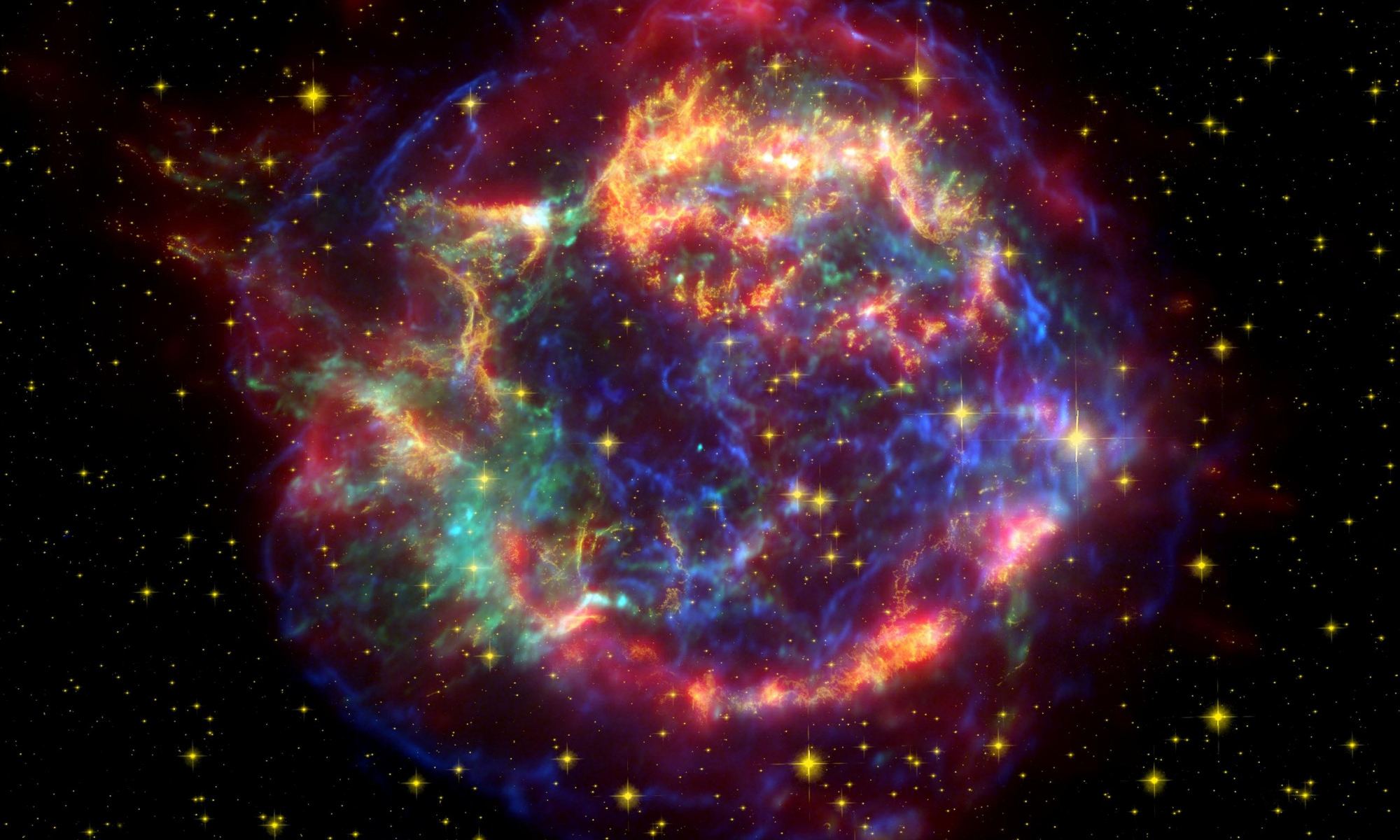Cassiopeia A is the remnant of a supernova that exploded 11,000 light-years away. The light from the exploding star likely reached Earth around 1670 (only a couple of years before Newton invented the reflecting telescope.) But there are no records of it because the optical light didn’t reach Earth.
The Cass A nebula ripples with energy and light from the ancient explosion and is one of the most-studied objects in deep space. It’s an expanding gas shell blasted into space when its progenitor star exploded.
But Cass A isn’t expanding evenly, and astronomers think they know why.
Continue reading “Supernova Remnant Cassiopeia A is Lopsided”
